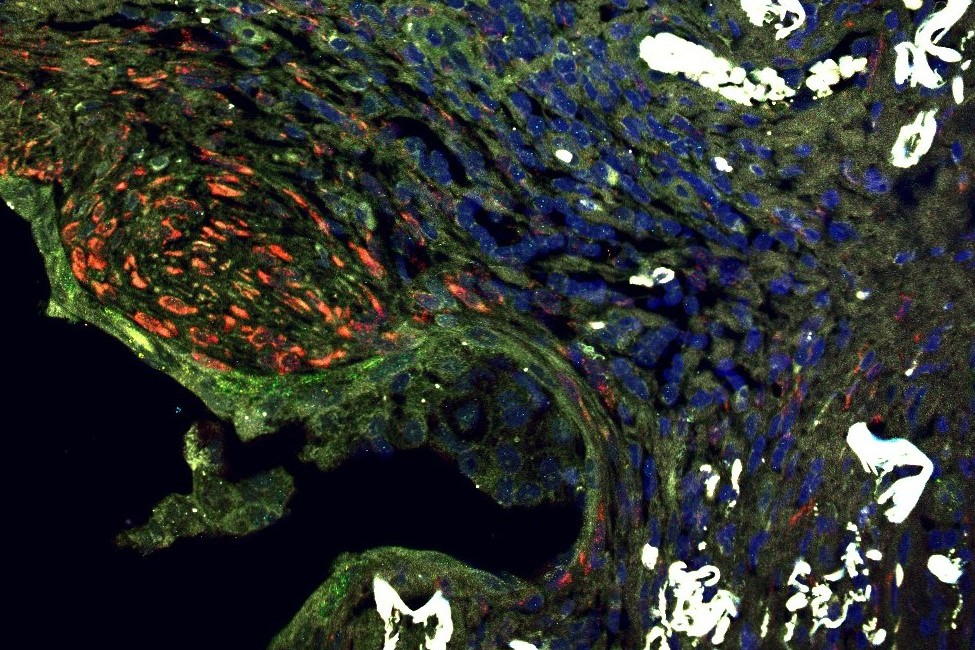Developing a map of lung fibrosis

Researchers from the Faculty of Medicine have generated a map of human lung fibrosis tissue, giving unprecedented insight into how the disease may develop.
Published in Cell Reports, the study used a new technique called spatially resolved transcriptomics to identify cell types and new pathways that may underlie susceptibility to disease progression.
Lung fibrosis, otherwise known as Idiopathic pulmonary fibrosis (IPF), is a chronic, progressive lung disease, which causes scarring in the lungs and makes breathing increasingly difficult.
Treatment options are limited and researchers are intensely investigating how the disease progresses.
A significant challenge has been that the structure of lung tissue is very complex. Where different cell types are located within the lung and how they change with fibrosis has been poorly understood.
Southampton researchers believe the new findings could provide potential ways of improving treatment for lung fibrosis.
The new study was driven by experts from the NIHR Southampton Biomedical Research Centre and the University of Southampton.
Dr Joseph Bell, NC3Rs Fellow in Southampton, performed the study in collaboration with the Medicines Discovery Catapult (MDC), Cheshire. It also included expertise from University College Dublin.
Dr Bell said: “Spatial transcriptomics has the potential to transform our understanding of complex diseases such as IPF. For the first time we have been able to identify all of the individual cell types within an area of lung tissue and understand how altered communication between each cell type may determine whether fibrosis develops.”
The work was led by Southampton’s Dr Mark Jones, Associate Professor in Respiratory Medicine and Honorary Consultant Respiratory Physician, who said: “This has provided a unique snapshot of how lung fibrosis is developing. We see evidence of the very early events we think are underlying fibrosis development, as well as how the cellular environment may be promoting fibrosis progression.
“This will inform new ways to target lung fibrosis as well as how to create better models of lung disease to study these new treatments.”